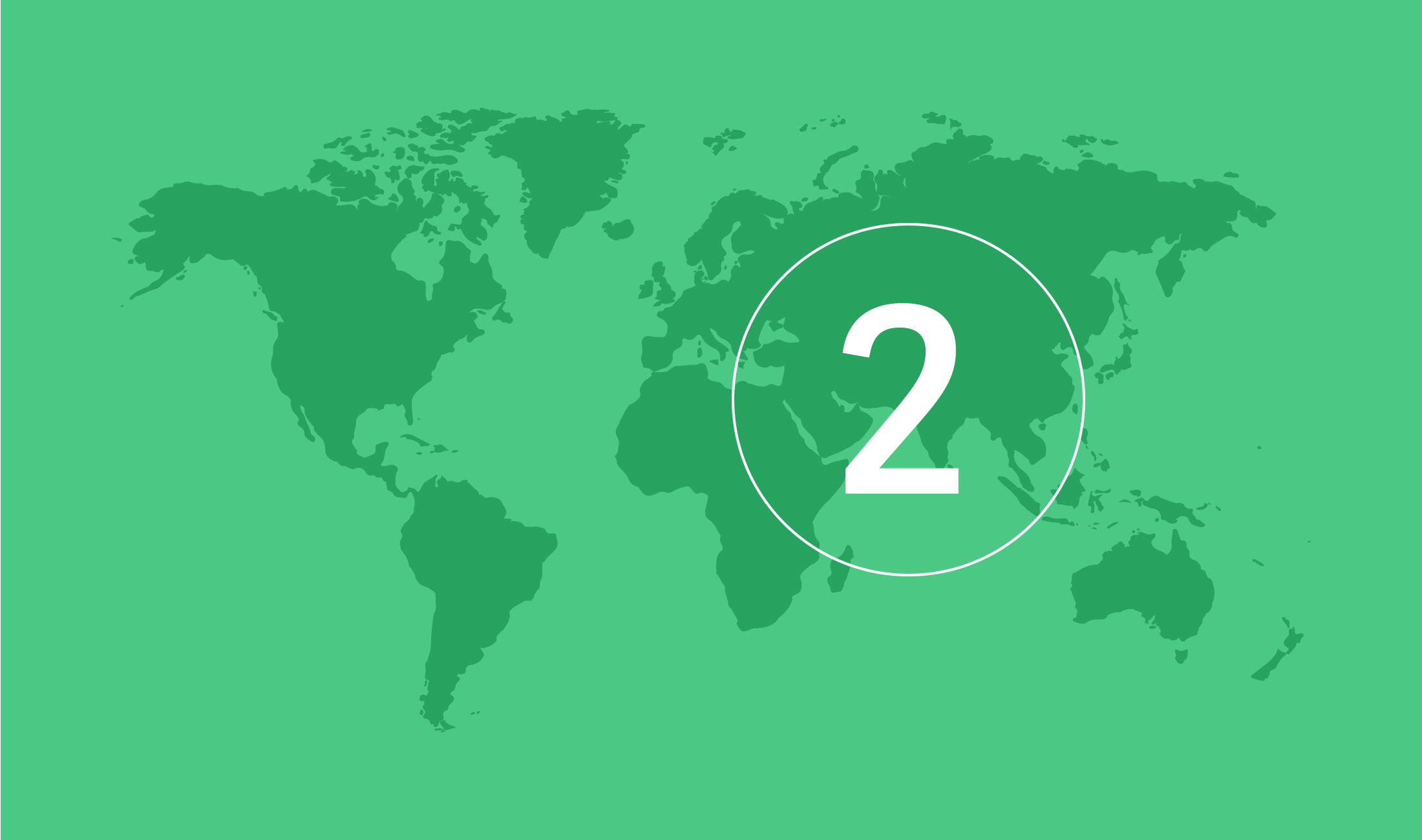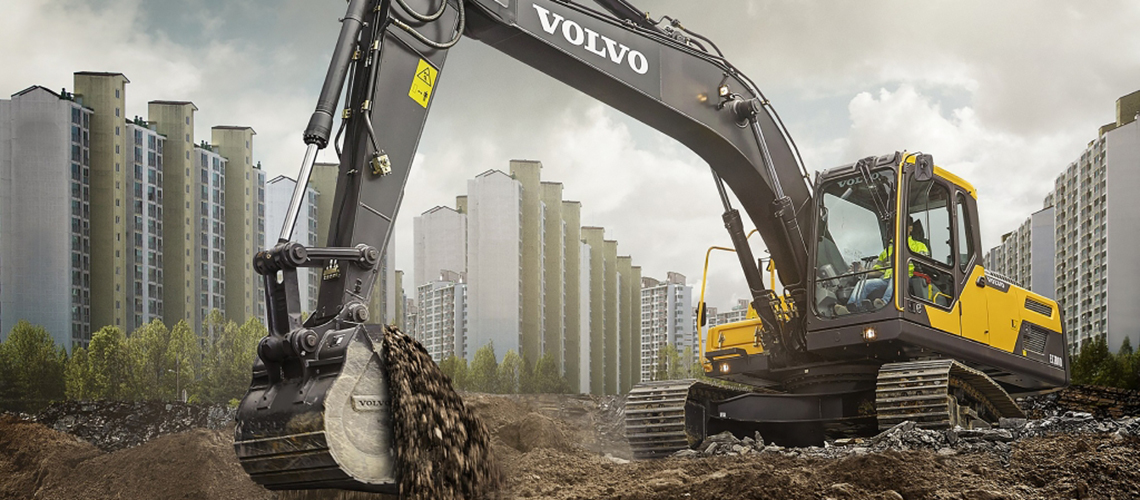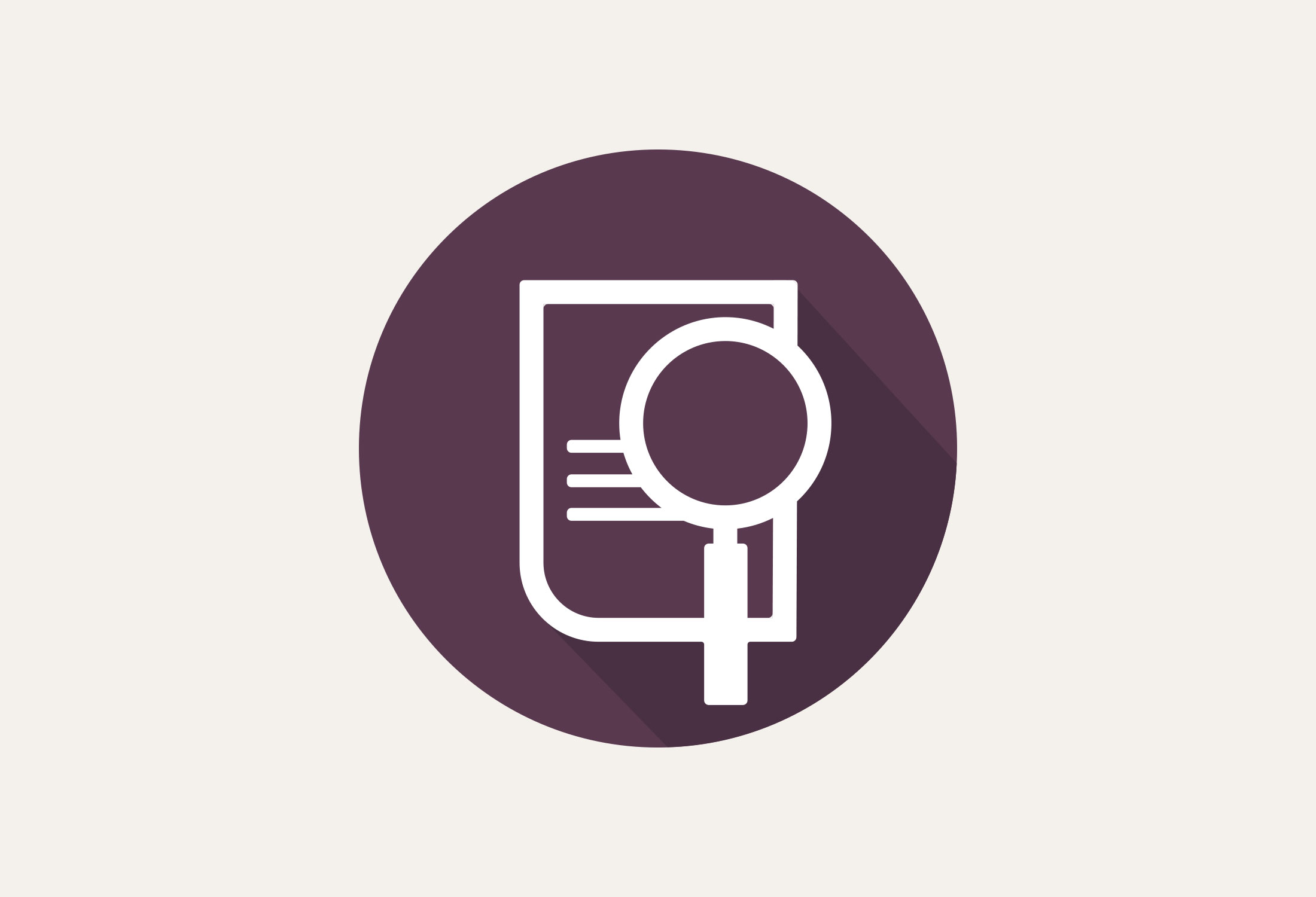
China
Category
2
- 0
- 1
- 2
- 3
- 4
- 5
- 6
- 7
| Risk type | Short | Long |
|---|---|---|
| Sovereign |

|

|
| Public |

|

|
| Bank |

|

|
| Corporate |

|

|
The icons indicate EKN's risk assessment.

No policy established

Normal risk assessment

Restrictive risk assessment

Normally off cover

OECD or EU countries
Country risk analysis
Country risk analysis archive
Country Risk Analysis of China
The latest Country Risk Analysis of China was issued in June 2022.
Diversified economy and a strong external balance
A large, diversified economy, strong external balances, and regulated capital flows, provide resilience to external shocks. China has a diversified and increasingly advanced manufacturing industry and export sector (27% and 25% of GDP, respectively).
As a global production hub, China is both the world’s largest exporter of goods and importer of raw materials. China is thus deeply integrated into global production flows. The country’s financial integration with the rest of the world is steadily increasing. However, in order to maintain financial stability, the liberalization of capital flows remains gradual and asymmetric.
The openness to portfolio inflows has increased in recent years, while domestic outflows are constrained by regulations. China’s current account surplus, now moderate, is expected to contract over time. The surpluses are generated from structural trade surpluses that compensate for deficits in the services and income balances.
For many years now, China has been a net creditor to the rest of the world. While foreign exchange reserves are not as large relative to GDP as in the past, they still exceed the low level of external debt. China has instead emerged as the largest official creditor and a leading investor in emerging and developing countries.
From a macro stability perspective, China’s challenges are domestic in nature. The economy’s potential growth appears to be in a structural deceleration (currently estimated at approx. 5%). An aging population means a shrinking workforce and decreasing private investment, while growth impulses are fading from previous reforms, globalisation, technology transfer, infrastructure expansion, and at the same time an almost two-decade long expansion in the real estate sector is coming to an end.
The pace of reform has slowed regarding the allocation of resources in the financial system, state-owned enterprises (SOEs), and other areas that could unleash new growth dynamics in the private sector. Since the 2008 financial crisis, when the economic growth model shifted from an export-intensive to an investment- and credit-intensive model, growth in productivity has slowed and financial imbalances have emerged.
Domestic indebtedness has risen sharply, primarily among SOEs and local governments. Overcapacity has built up in capital-intensive industrial sectors and in the real estate sector, which has become a central part of the economy in terms of growth, investment, savings, and the provision of credit. Shifting to more sustainable growth remains the focus of the 2021-2025 Five-Year Plan.
The ambition to curb financial imbalances remains and the focus is on investing in more productive areas such as the green transformation and high technology with a view of increasing value added. At the same time, the shift seems to rest largely on the central government’s industrial policies and SOEs, while trade and geopolitical tensions are contributing to a more inward-looking orientation where dependence on technology from the West is to be reduced. In the previous five-year period, some progress in the transition could be seen.
Consumption remains low relative to GDP (slightly below 40%) but is an increasingly important growth engine driven by a growing urban middle class. Investment in R&D as a share of GDP is now in line with the OECD average, while China is climbing in the Global Innovation Index (rank 12 in 2021 compared to 29 in 2015).
However, breaking the dependence on public stimuluses and credit in order to ensure that growth targets are met has proved difficult. Despite diminishing marginal returns, the real estate sector and the investor’s share of GDP remains very high (around 25% and 42% of GDP respectively).
The pandemic worsens domestic financial risks
As the economy was negatively impacted by multiple shocks, the growth forecast for 2022 has been revised down to around 4%, after which some recovery is expected in 2023. This would be the lowest growth rate since 1989-1990, excluding 2020. And there is a risk of an even sharper slowdown.
Problems in the real estate sector, which surfaced in 2021 when austerity measures were directed at the sector, continue. Financial stress among highly leveraged real estate companies is having spillover effects on consumer confidence and investment, resulting in growing inventories of unsold properties. This also results in reduced land sales, an important source of revenue for local governments.
In addition, new COVID-19 outbreaks in the second half of 2021 and first half of 2022 have led to major lockdowns in a number of urban and industrial centres. There is a risk that new outbreaks will throw a spanner in the works as the zero-tolerance approach looks set to remain in place until after the all-important Party Congress in autumn 2022 and vaccination rates in the population have been increased.
The outlook is also dampened by the war in Ukraine, including via price increases on imported raw materials, weaker export demand and capital inflows, impacts that are in and of themselves deemed manageable for China.
The situation is forcing a shift in policy focus from curbing financial risks to stabilising growth. As at the onset of the coronavirus pandemic, this is being done with new stimuli including credit relief, now also for the real estate sector. The emphasis is expected to be on infrastructure for the green transition and what is referred to as new infrastructure (5G, AI, smart electrical grids, etc.) which has the potential in the long term to strengthen the economy.
Nonetheless, the policies come at the cost of increased indebtedness. The debt ratio, measured as debt in the non-financial sector as a share of GDP, reached a high 285% of GDP in 2021 (139% in 2008). Public sector debt is at high levels and rising (above 100% of GDP in 2021 according to the IMF). Coupled with declining growth and potential spill overs from the real estate sector, this increases the risks and vulnerabilities in parts of the financial system.
China is assessed to have buffers in place to manage the risks over time and stabilise the debt. The debt issues are largely a domestic matter, and within the state sector. This increases the possibilities of managing the debt. The central government has significant assets available and potential to increase revenues. With high domestic savings and capital controls, the availability of financing is good as long as the confidence of domestic savers is maintained.
Business environment
China remains one of the world’s top destinations for foreign direct investment (FDI). They are attracted by a growing and increasingly sophisticated consumer market with a middle class of an estimated 730 million people and China’s growing role as an innovation hub.
There are good prospects for large-scale industrial production with expanded infrastructure and logistics, as well as larger industrial clusters of integrated value chains. Furthermore, in recent years, trade agreements are progressively liberalising the foreign direct investment regime by opening up more sectors and easing restrictions.
Nevertheless, several trends risk affecting investors’ confidence in the business environment. Companies are at risk of being squeezed and put at risk as rising trade and geopolitical tensions between the US (and its allies) and China impact on regulations, such as on technical standards, transfer of technology, capital investment, availability of capital, and sanctions regimes on both sides.
In addition, the posture taken in the context of the war in Ukraine risk reinforcing these trends. Additionally, the recurrent and draconian COVID lockdowns, as well as the recent significant regulatory tightening in the tech sector among other sectors, illustrate that regulatory circumstances can change rapidly for entire sectors, with little warning forewarning.
From EKN’s credit risk perspective, important aspects of the business environment are related to the degree of predictability, stability and quality of the regulatory and legal environment in the country which affects our debtors’ business activities, as well as the position of lenders and creditors.
Relative to EKN’s classification of China into a strong country risk category, the business environment is weaker in these respects. This is reflected in the above-mentioned trends. In the World Bank’s Worldwide Governance Indicators, the country’s performance regarding economic institutions hovers around the regional average, as an effective state apparatus does not offset weaker performance regarding aspects related to rule of law, regulatory policies and the presence of corruption.
The weaknesses are partly related to the high degree of influence of the State and ultimately the Party over the economy, where political priorities tend to supersede economic considerations. Neither the judiciary nor the regulatory authorities can be said to be independent, and the lines between the government and the banking and business sector are sometimes blurred, particularly at the regional level.
On the legislative side, China’s Bankruptcy Act was modernised in 2007 and reform work is underway to strengthen the credit environment. As infrastructure in the form of special courts for bankruptcy and liquidation has begun to reach a critical mass, there is an increasing use of bankruptcy proceedings.
One driving force is that bankruptcies have begun to be used to discipline the credit market’s propensity to lend to SOEs under the assumption of implicit guarantees from the State. The percentage of SOEs that have defaulted on domestic bonds has increased over the past 5-6 years, albeit from low levels.
This signals a more selective use of rescue operations and an increased tolerance for SOE defaults. This applies primarily to SOEs that are not systemically important or strategic and which are controlled by lower levels of the governmental apparatus, not the least financially weaker provinces. Such counterparties are exposed to rising financing costs in the future.
Thus, going forward, credit assessments of SOEs need to rely less on assumptions of state aid and more on financial transparency. The availability of this varies. In groups of companies and conglomerates, ownership and corporate structures are often extremely complex. In private companies, concentration of ownership in one key individual or one family is not uncommon.
Financing and guarantee commitments outside the banking system are not uncommon, and this risk undermining transparency. This has been well-evidenced over the past year by the uncovering of significant off-balance sheet commitments in several highly distressed real estate companies, including companies listed on a stock exchange and with international credit ratings.
EKN's policy
EKN has placed China in country risk category 2 (of 0 to 7) for more than a decade. Normal risk assessment applies to all debtor categories. This means that there are no predetermined limitations in the issuance of guarantees and that the transactions are assessed on their own merits without any specific requirements or preconditions.
EKN's commitment and experience
EKN's exposure amounts to SEK 1.9 billion, of which SEK 390 billion are guarantees issued, the rest are commitment letters. During the period 2017–2021, EKN issued guarantees corresponding to a total value of SEK 40 billion in 261 export transactions for approx. 40 different export companies.
Transportation equipment and construction equipment dominated the flow. SME exporters accounted for 6 per cent. More than 95% of the guarantee volume relates to transactions with credit terms of up to one year and 33% relate short-term letters of credit guarantees where EKN shares the risk with the banks confirming export letters of credit opened by Chinese banks.
EKN’s payment experience is good. This might partly be influenced by the large share of letter of credit guarantee transactions, where claims and losses are usually low. Delays in payment are common in guarantees for SME exporters. Of the SME guarantees issued during the period 2017-2021, payment arrears were notified in 29% of them (as of May 2022).
The arrears lasted 50 days on average. However very few transactions have resulted in a default. Over the past 5 years, EKN has settled claims in 3 transactions corresponding to a total of SEK 7 million. The recovery rate varies but amounts to a total of about 40 per cent.
Learn more about exporting to China

- Financing
- Markets
Massive infrastructure investments
Local manufacturing and attractive dealership financing from EKN have stimulated growth in China for Volvo Construction Equipment. “The ability to offer credit is important in building a brand.”
Massive infrastructure investmentsMore for companies that want to export to China

EKN's guarantees
EKN's guarantees reduce the risk of payment defaults and help banks support businesses. Which guarantee suits your needs?
EKN's guarantees
Guarantee guide
Are you unsure which guarantee is the best fit for your specific transaction? Try our guarantee guide.
Guarantee guide